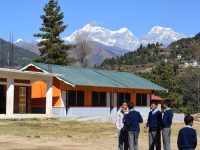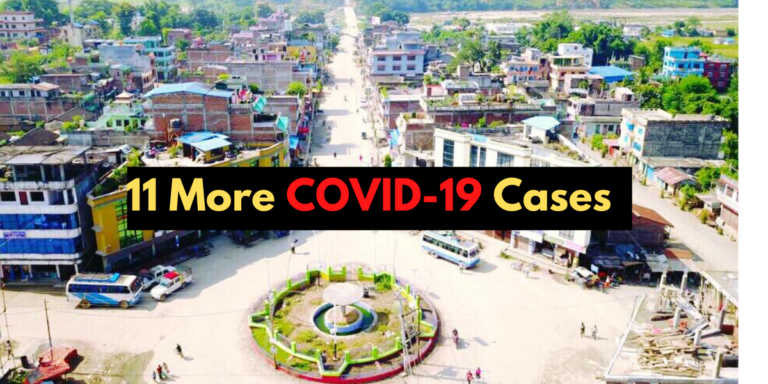Nepal’s COVID-19 hotspot, Udayapur district, on Tuesday recorded nine new cases, taking the nationwide count to 40.
Ministry of Health and Population on Tuesday reported 11 more confirmed cases of coronavirus in Nepal, bringing the nationwide total to 42.
All 11 new cases were from Udaipur bringing the total number of cases to 23 just in Udayapur district. Earlier on April 17th, 12 were tested positive for COVID-19 in Udayapur.
According to the health ministry, 9 are males between the ages of 18 and 58, while 2 are women; one 36-year-old and age of second women is not known yet.
All who were tested positive in Udaipur on Tuesday are from Muslim community, Dr Bikash Devkota told The Kathmandu Post.
As of April16th, about half of those infected patients in Nepal are Indian Nationals.
As of this writing, according to COVID-19 Nepal, 8,773 have been tested with 42 confirmed cases and 4 recovery.
Related: All Residents of Block ‘A’ of Sun City Apartments Tested Negative in Rapid Test (RDT)
An appeal to temporarily close all Nepali Beauty Salons Amid COVID-19 outbreak
Information on Coronavirus from World Health Organization (WHO)
What is a coronavirus?
Coronaviruses are a large family of viruses that are known to cause illness ranging from the common cold to more severe diseases such as Middle East Respiratory Syndrome (MERS) and Severe Acute Respiratory Syndrome (SARS).
What are the symptoms of someone infected with a coronavirus?
It depends on the virus, but common signs include respiratory symptoms, fever, cough, shortness of breath, and breathing difficulties. In more severe cases, infection can cause pneumonia, severe acute respiratory syndrome, kidney failure and even death.
Is there a treatment for a novel coronavirus?
There is no specific treatment for disease caused by a novel coronavirus. However, many of the symptoms can be treated and therefore treatment based on the patient’s clinical condition. Moreover, supportive care for infected persons can be highly effective.
What can I do to protect myself?
Standard recommendations to reduce exposure to and transmission of a range of illnesses include maintaining basic hand and respiratory hygiene, and safe food practices and avoiding close contact, when possible, with anyone showing symptoms of respiratory illness such as coughing and sneezing.






















